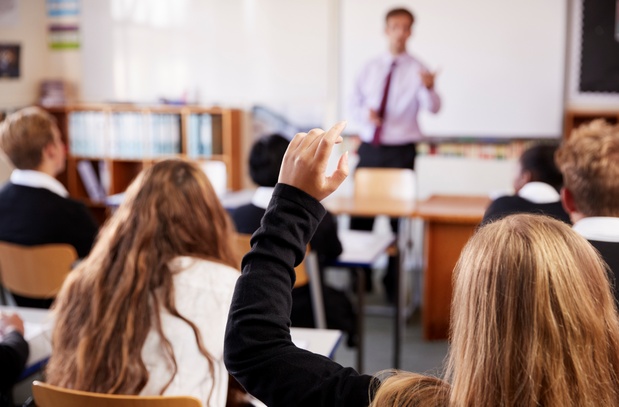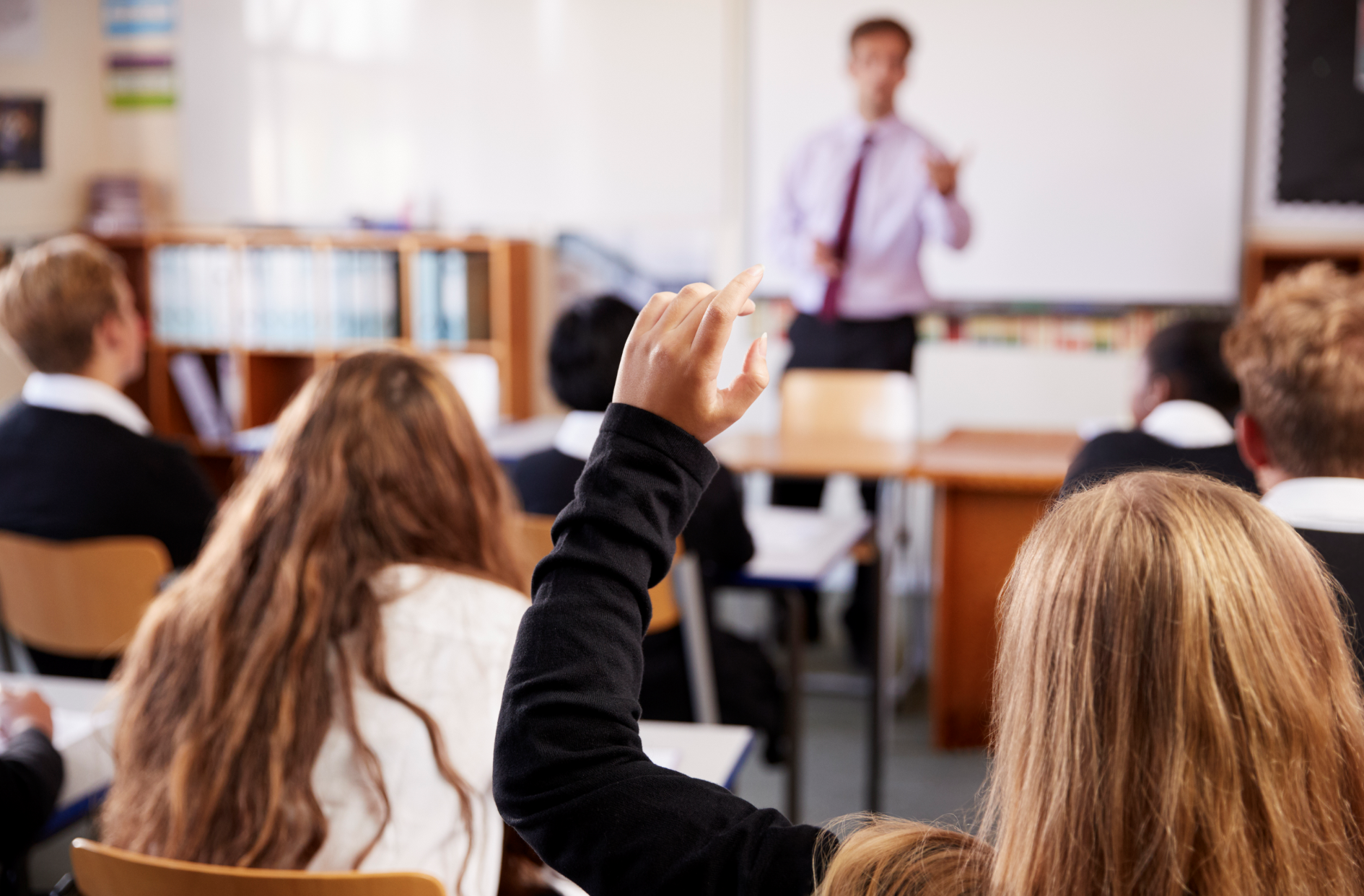Praise, when delivered in an appropriate and targeted manner, is an effective reinforcer of academic effort and results, and good behaviour. And while many teachers believe they do this already, studies have revealed stark differences in how they respond to certain classroom incidents.
Several years ago, I was involved in an observational study involving 36 Sydney primary school teachers, which sought to examine the use of approval and disapproval in the classroom.
It found teachers, in general, were much more positive than negative in response to students’ academic work: using, on average, nearly four times as much praise as disapproval.
However, when it came to student behaviour, teachers were more than three times more likely to express disapproval over misbehaviour than approval for positive behaviour.
In fact, praise for positive classroom behaviour was rare and some participating teachers provided none at all.
This study, alongside others in the United Kingdom and Australia that have reached similar conclusions, comes to mind when considering the nation’s “classroom behaviour crisis”, which is the subject of a current inquiry by the Senate Education and Employment Reference Committee.
According to the Organisation for Economic Co-operation and Development’s disciplinary climate index, Australia is now placed 69th out of 76 jurisdictions worldwide for classroom discipline, with almost one-half of Australian students surveyed reporting that they experience noise and disorder in class and one-fifth saying they cannot work well as a result.
It is repeatedly evident in the research literature that problematic student behaviour within classrooms and schools relates heavily to issues such as teacher stress and burnout, job dissatisfaction, negative teacher perceptions, teacher attrition rates, hostile school environments and reduced student engagement.
While media headlines tend to focus on the more extreme disciplinary issues facing schools, such as incidences of violence, research has consistently identified that it’s the more frequently occurring, low-level but annoying misbehaviours that concern teachers the most.
They include students talking out of turn and students hindering or distracting others during class. While neither is a crime, these types of misbehaviours have the potential to significantly impact a teacher’s ability to deliver a lesson and detract from students’ learning.
However, the good news is that they also respond well to simple, positive methods of classroom behaviour management.
MultiLit’s Positive Teaching and Learning Initiative – based on extensive research in the United Kingdom and Australia – was established to support teachers and schools with evidence-based training in methods that work to create positive learning environments, increase the time spent ‘on task’, and enhance student learning.
While classroom contexts vary, and students’ needs differ, there are behaviour management strategies that are proven to be effective across most classrooms:
1. Identify conditions that impact behaviour
Rows or tables? It depends on what you are hoping to achieve. A dinner-party table setting where children face each other might be great for group work but is a recipe for distraction if students need to complete tasks independently. Seating arrangements are a good example of a condition that exists in the classroom setting that may influence students’ behaviour – positively or negatively. These range from specific actions by a teacher or another student to more global aspects of the environment such as heating and lighting levels, arrangement of furniture and materials. Teachers should identify these particular conditions, also known as antecedents, in their classrooms and work to manipulate these to create an optimum learning environment.
2. Establish agreed specific classroom rules for behaviour
Involve students in establishing rules that will support a positive learning environment but ensure that they are specific to the behaviours you are trying to encourage or discourage. Instead of vague edicts like “be kind” or “listen”, or prohibitive rules like “don’t talk while the teacher is talking”, positively framed, action-based rules such as “we raise our hand before speaking” provide students with explicit guidance on what they should be doing. Teachers can then link any positive reinforcement back to the classroom rules (“Well done, Samuel, for following our classroom rule by waiting patiently with your hand up!”) further enhancing student learning of the expected behaviour.
3. Praise the positive, ignore the negative
Many teachers neglect to acknowledge when students are behaving well, and instead focus on reprimanding disruptive behaviours. Praising a student for exhibiting preferred behaviour can be an effective reinforcer, while reprimanding a student for trivial bad behaviour can perversely encourage continuation of that behaviour. However, for praise to be effective, it must be pinpointed, sincere and varied. A teacher may be using a lot of positive utterances but if all they say is, “Good”, “Well done” or “OK”, then after a while these will lose their effect.
4. Reprimand effectively
Reprimands have a place in the repertoire of positive teachers, but they are most effective when they are used infrequently in a predominantly positive climate. They should be delivered from close quarters, not shouted across the room. Research has shown that when teachers switched from making loud, negative comments regarding behaviour to addressing students privately, students’ on-task behaviour increased, confirming that reprimands can be used more sparingly and sensitively to good effect.
5. Be consistent
Children and young people seem to have an innate sense of fairness and justice so when they see expectations stated clearly and all students treated equally, they are less likely to view consequences as “personal”. I have seen positive teaching methods work wonders in challenging environments with students at a high risk of becoming disengaged. Despite teachers’ initial scepticism, students responded positively to the implementation of school-wide expectations around behaviour and consistent consequences for misbehaviour. Why? They could see “it was fair”.
As MultiLit pointed out in its submission to the Senate inquiry, universities must lift their game by teaching preservice teachers the science of behaviour and equipping them with the proven and practical strategies to support them to manage large and complex classrooms.
School leaders also have a responsibility to implement whole-school approaches creating consistency, predictability and fairness for students around behavioural expectations that are reinforced over time.
It’s no coincidence that as Australia has slid down the international school education rankings, discipline in our classrooms has also declined.
It’s time to give teachers what they need to create safe and structured learning environments so they can get on with the business of teaching and students can learn.
MultiLit’s Positive Teaching and Learning Initiative supports schools and teachers to introduce a highly effective positive behaviour management approach though professional development workshops and webinars.














